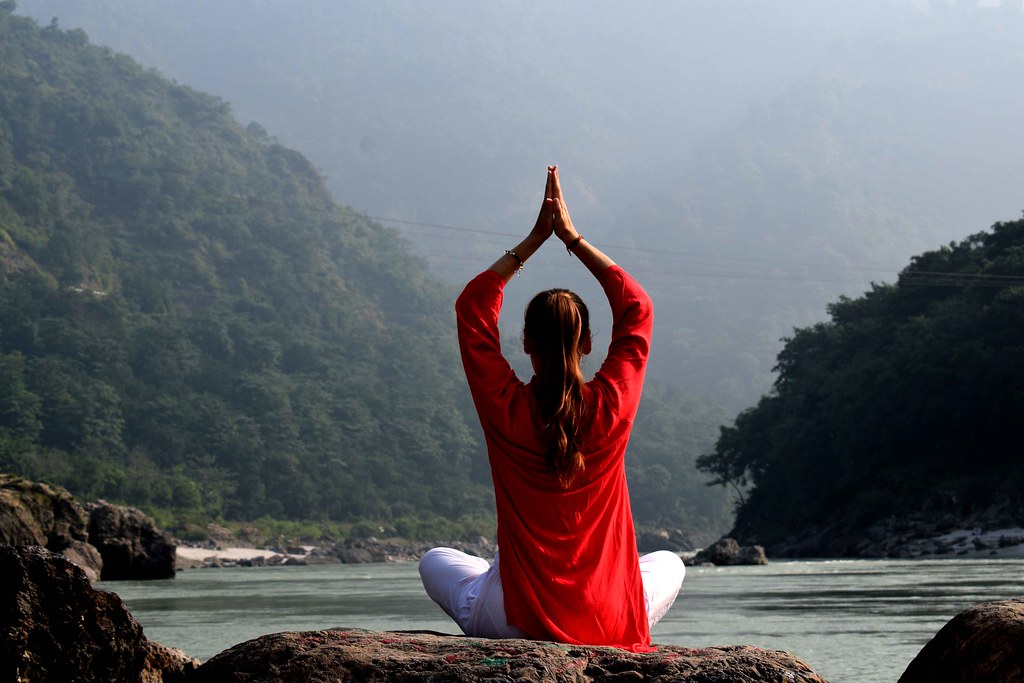
Yoga has been practiced for thousands of years, but it wasn’t until recently that it became a popular form of exercise in the Western world. While yoga has many benefits, including increased flexibility, strength, and relaxation, it has also been criticized for being exclusive and catering to a certain demographic. However, there is a growing movement to make yoga more inclusive and diverse, especially in family practice. In this article, we will explore how yoga can be a tool for fostering inclusivity and diversity in family practice, and how it can benefit families of all backgrounds and abilities.
1. “Breaking Barriers: How Yoga Can Bring Families Together Regardless of Differences”
Yoga is a practice that has been around for thousands of years, and it has been proven to have numerous benefits for both the mind and body. One of the most significant benefits of yoga is that it can bring families together, regardless of their differences. Here are some ways that yoga can help break down barriers and bring families closer together:
- Encourages communication: Practicing yoga together can encourage family members to communicate more openly and honestly with each other. When you’re in a yoga class, you’re all working towards the same goal, and this can create a sense of unity and shared purpose.
- Teaches empathy: Yoga is a practice that emphasizes compassion and empathy towards oneself and others. By practicing yoga together, family members can learn to be more understanding and supportive of each other, even if they have different beliefs or opinions.
Overall, yoga is a powerful tool that can help families overcome their differences and come together in a meaningful way. Whether you’re a seasoned yogi or a beginner, practicing yoga with your family can be a transformative experience that strengthens your bonds and helps you grow as individuals. So why not give it a try and see how yoga can bring your family closer together?
2. “From Age to Ability: Why Yoga is a Practice for Everyone”
Yoga is a practice that has been around for thousands of years, and it has been proven to be beneficial for people of all ages and abilities. Whether you are young or old, flexible or not, yoga can help you improve your physical and mental health. Here are some reasons why yoga is a practice for everyone:
– Yoga is low-impact: Unlike other forms of exercise, yoga is gentle on your joints and muscles. It can help you build strength and flexibility without putting too much strain on your body.
– Yoga is adaptable: Yoga poses can be modified to suit your individual needs and abilities. Whether you have a physical limitation or are recovering from an injury, there is a yoga practice that can work for you.
– Yoga is calming: Yoga is not just about physical exercise. It also involves breathing techniques and meditation, which can help you reduce stress and anxiety. Practicing yoga regularly can help you feel more relaxed and centered.
No matter what your age or ability level, there is a yoga practice that can benefit you. Whether you are looking to improve your physical health, reduce stress, or simply try something new, yoga is a practice that is accessible to everyone. So why not give it a try? You might be surprised at how much you enjoy it and how much it can improve your overall well-being.
3. “Creating a Safe and Welcoming Space: The Importance of Inclusivity in Family Yoga Practice
Inclusivity is a crucial aspect of family yoga practice. It is essential to create a safe and welcoming space where everyone feels comfortable and accepted. Here are some ways to ensure inclusivity in your family yoga practice:
- Use gender-neutral language: Avoid using gender-specific language and instead use gender-neutral terms like “parent” or “caregiver.”
- Be mindful of cultural differences: Respect and acknowledge the cultural differences of your participants. Avoid cultural appropriation and ensure that everyone feels included.
- Offer modifications: Not everyone has the same physical abilities, so offer modifications for poses to accommodate different levels of flexibility and strength.
Creating an inclusive family yoga practice also means being aware of the language and imagery used in your teaching. Avoid using language that reinforces stereotypes or promotes exclusivity. Instead, use language that promotes unity and inclusivity. Incorporate imagery that represents diversity and inclusivity, such as using images of people of different races, genders, and abilities in your marketing materials and social media posts. By creating a safe and welcoming space, you can ensure that everyone feels comfortable and included in your family yoga practice. In conclusion, yoga is a practice that can bring people of all backgrounds and abilities together. By fostering inclusivity and diversity in family practice, we can create a space where everyone feels welcome and supported. Whether you are a seasoned yogi or just starting out, there is a place for you in the world of yoga. So let’s come together, breathe deeply, and embrace the power of yoga to transform our lives and our communities. Namaste.
